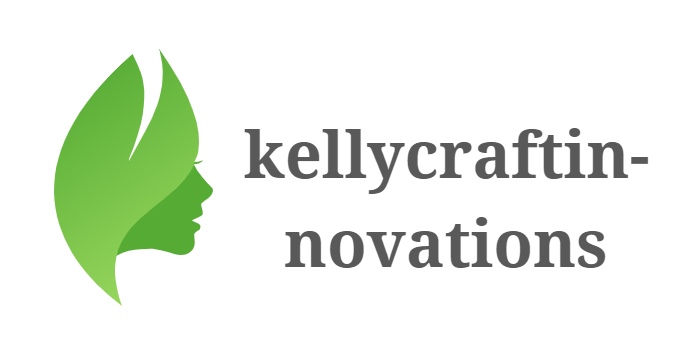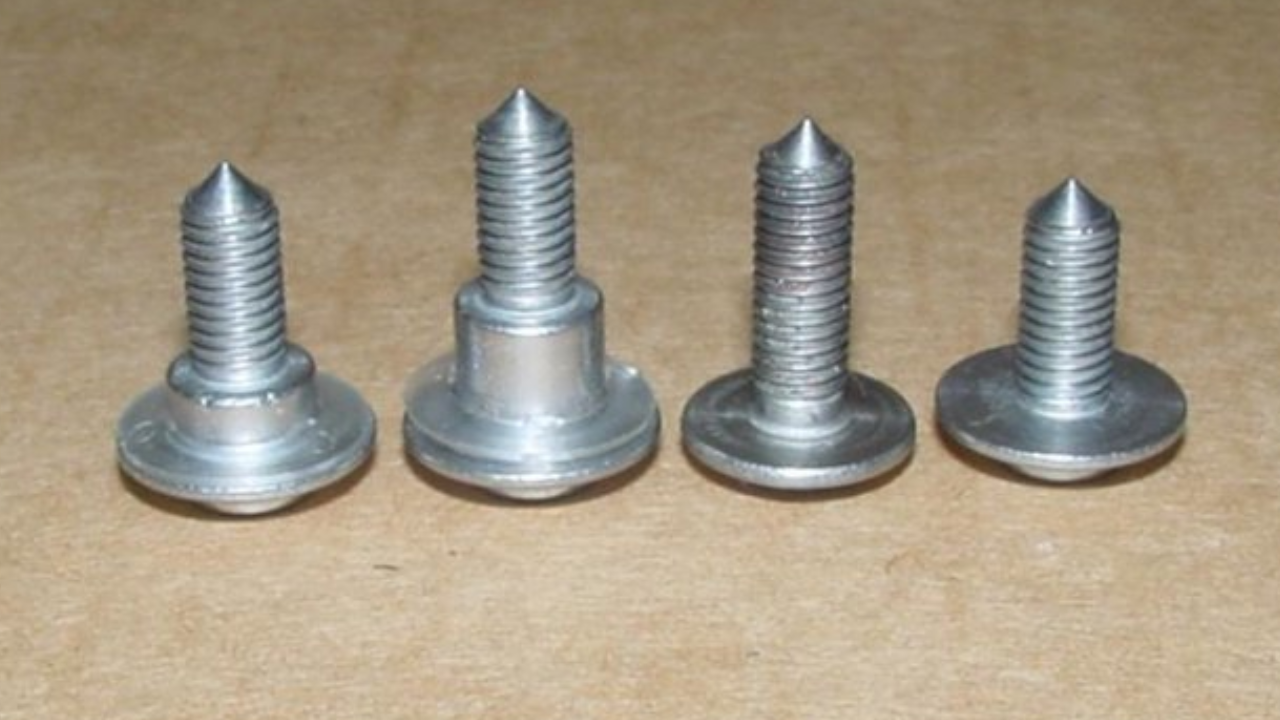Stainless steel screws in aluminum assemblies provide an adaptable and corrosion-resistant securing arrangement throughout various ventures and projects. The combination of stainless steel's sturdiness and aluminum's lightweight and high strength-to-weight proportion makes it a renowned choice for frameworks and components in the aerospace, automotive, marine, construction, and electronics industries.
Stainless steel bolts are prestigious for their excellent resistance to corrosion, rust, and degradation, making them pleasantly alluring to be utilized in outdoor and marine conditions where openness to dampness, saltwater, and unforgiving climate circumstances is typical. When matched with aluminum, stainless steel bolts provide dependable and extensive enduring associations that are resistant to everyday use.
However, despite their compatibility and sturdiness, there are issues to deal with with the usage of stainless bolts in aluminum assemblies. Factors such as galvanic corrosion, galling, material compatibility, and torque specs require cautious attention to ensure the highest quality performance and toughness. With the aid of know-how on these issues and imposing suitable mitigation strategies, stakeholders can maximize the effectiveness and reliability of stainless-steel bolts in aluminum assemblies, thereby enhancing the integrity and sturdiness of the general shape or element.
Preventive Measures And Solutions
The use of stainless steel bolts in aluminum assemblies can pose several challenges and unusual troubles due to the differences in material houses, compatibility, and the ability for galvanic corrosion. In this detailed article, we will discuss preventive measures and solutions to cope with the issues successfully.
Material selection
Deciding on the right stainless steel grade is basic for halting galvanic corrosion and different similarity issues while utilizing stainless steel bolts in aluminum assemblies. Austenitic stainless steel grades, along with 304 and 316, are by and large embraced because of their high erosion resistance and compatibility with aluminum. These grades shape an inactive oxide layer on their floor, giving insurance against erosion and limiting the opportunity for galvanic corrosion.
Surface treatment
Utilizing floor treatments, which incorporate coatings or platings, on stainless steel bolts can upgrade their consumption obstruction and diminish the hazard of galvanic erosion while used in aluminum congregations. For instance, utilizing a zinc or epoxy covering for the bolts can provide an extra hindrance against erosion and upgrade their toughness. It's vital to verify that the picked covering is all around coordinated with both the stainless steel and aluminum substances to avoid any harmful responses.
Isolation
Setting apart the stainless steel bolts from direct contact with the aluminum additives can help save you from galvanic corrosion and cloth compatibility troubles. This can be carried out by using non-conductive substances, including nylon or plastic washers, among the bolts and the aluminum additives. These washers act as insulators, minimizing the electric conductivity among the 2 metals and reducing the threat of galvanic corrosion and thread galling.
Right Installation Techniques
Right setup techniques are important for stopping thread galling and ensuring the integrity of stainless-steel bolts in aluminum assemblies. The use of calibrated torque wrenches and following producer-recommended torque specifications can help attain the most effective tightening without causing harm to the threads or the additives. Moreover, making use of a suitable thread lubricant or anti-capture compound for the bolts before they are set up can lessen friction and save you from galling and seizing.
Regular Inspection And Maintenance
Ordinary inspection and maintenance are vital for figuring out and addressing any signs and symptoms of corrosion or degradation in stainless steel bolts utilized in aluminum assemblies. Visible inspections can monitor signs of corrosion, which include discoloration, pitting, or surface irregularities, indicating regions of difficulty that require similar attention. Additionally, periodic cleaning and lubrication of the bolts can assist in maintaining their integrity and prolonging their carrier life.
Conclusion
The utilization of stainless steel bolts in aluminum assemblies can introduce various difficulties and normal issues. In any case, by carrying out preventive measures and arrangements, specialists and modelers can successfully alleviate these issues and guarantee the long-term dependability and execution of stainless steel bolts in aluminum applications. Through proactive measures and industrious support, the uprightness of stainless steel bolts can be maintained, saving the primary soundness and security of assemblies and frameworks for future years.


